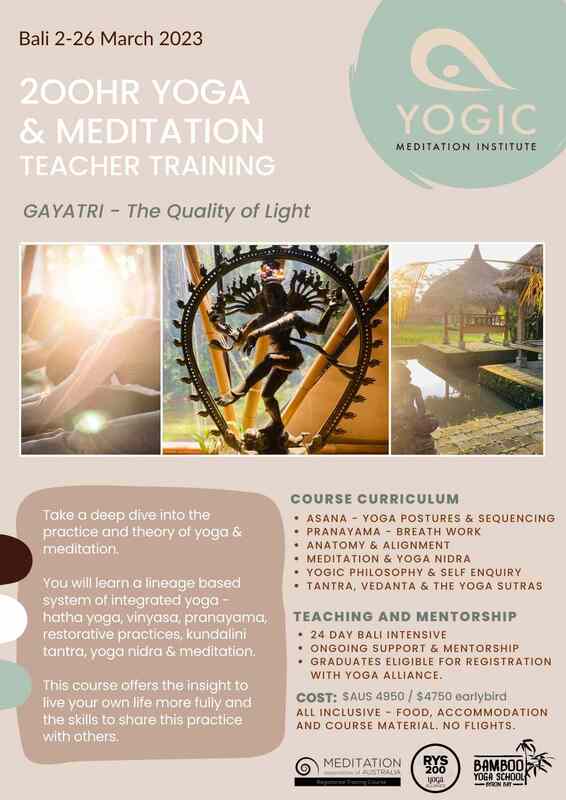 Cupping, what is it? It is a traditional therapy dating back to as old as 1500 BC. Cupping has been present in ancient Egyptian, Chinese, Greek, Indian and Korean civilisations. Cupping involves placing specially designed cups onto the skin to create a vacuum seal. This gentle suction stimulates blood circulation, reduces pain, promotes lymphatic drainage, and helps release toxins and metabolic waste from the body’s tissues. Suction from cupping draws fluid into the treated area. This suction force expands and breaks open tiny blood vessels (capillaries) under your skin. Your body replenishes the cupped areas with healthier blood flow which supports the body’s natural healing processes. Benefits of Cupping Therapy This therapy targets myofascial pain, which often manifests as muscle knots or trigger points. Cupping therapy gently stretches and loosens the fascia (the connective tissue surrounding muscles), allowing the muscles to relax and the trigger points to release. This process helps alleviate myofascial pain and restore normal muscle function. What to Expect During a Cupping Session During your session, the therapist will create a vacuum on your skin using cups and a manual pump. The cups look like large, round bulbs with wide mouths. When placed on your skin, the vacuum draws your skin in, starting the therapy. Sessions usually last about five to ten minutes. What to do After a Cupping Session Hydrate: Increase your water intake to help flush out toxins released during the session. Stay warm: You might feel a bit feverish as your body processes the toxins. This is normal. Get enough sleep: Fatigue is common after cupping. Rest is essential for recovery. Cover up: Round red marks may appear on the skin. Cover these areas to protect them from sun. What to avoid After Cupping Therapy For at least 4-6 hours post-treatment, avoid: Caffeine: It can negate the tension release benefits. Alcohol: It interferes with the detoxifying effects. Sugar: It can halt the detox process as your body processes glucose. Meat and Dairy: Hormones in these foods can disrupt your body’s balance. Extreme Temperatures: Avoid hot or cold environments that can cause stiffness. Intense Exercise: Opt for light activities like walking or stretching. Common Side Effects Most people don’t experience side effects, but some common ones include: Fatigue, headache, body ache and lightheadedness. Symptoms typically resolve within a few hours. In summary Cupping is a great way to detox your body and feel better. While the process isn’t painful, you might experience some side effects afterward. Be gentle with your body and rest as needed to maximise the therapy’s effectiveness. If you have more questions, ask Stina during your next session. Sources 1. National Center for Biotechnology Information 2. Harvard Health
0 Comments
 Do you struggle to fall asleep at night or wake up and toss and turn for no reason? You’re not alone. About 40% struggle to get the recommended 7-9 hours of sleep per night and only about 20% of Australians report sleeping uninterrupted. Quality sleep is essential for overall well-being. Lack of sufficient rest can negatively impact both mental and physical health.This blog explores the anatomy and physiology of sleep and offers practical tips for a good night’s sleep. How Much Sleep Do You Need? Your sleep-wake cycle is influenced by multiple factors; like light exposure, age, diet, activity levels, medical conditions, medications, stress, and sleep environment. Newborns sleep the most, around 18 hours per day, while young children need about 12 hours. Teenagers typically require 9 hours, and adults generally need 7-8 hours. Women in their first trimester may need more sleep, while the elderly often experience shorter, more interrupted sleep. Sleep Stages: Sleep consists of four stages: Awake, Light, Deep, and REM sleep. Each stage plays a crucial role in maintaining health. During an ideal night’s sleep, your body cycles through these stages sequentially, with early cycles featuring more deep sleep and later cycles more REM. Most of the night is spent in light sleep. Awake: Time spent in bed before and after sleep. Light: Muscles relax, heart and breath rate slow, temperature drops, and sleep begins or transitions between cycles. It It is easy to wake up. Deep: Blood pressure drops, muscle repair and growth occur, the brain flushes waste, and long slow brain waves are present. It is harder to wake up, and you may feel disoriented if awoken. REM (Rapid Eye Movement): Increased heart rate and respiration, vivid dreams, and muscle immobility to prevent acting out dreams. This stage benefits memory, learning, and problem-solving.  What Happens Physically During Sleep? While you sleep, your body rests and restores, but some parts of the brain remain active: Hypothalamus: Controls sleep and arousal, receiving light exposure information from the eyes to regulate behavioural rhythms. Brain Stem: Communicates with the hypothalamus to transition between wake and sleep, relaxing muscles to prevent acting out dreams, and producing neurotransmitters to keep the brain active when awake. Thalamus: Relays sensory information to the cerebral cortex, active during light sleep, sending images, sounds, and sensations that fill our dreams. Pineal Gland: Increases melatonin production to induce sleep when lights go down. Amygdala: Processing emotions, most active during REM sleep. Tips for a Good Night’s Sleep
As osteopaths, we believe in the relationship between structure and function. Osteopathic techniques cater to all bodily systems, including the musculoskeletal, neurological, cardiovascular, visceral, and cranial. For chronic insomnia, regular osteopathic manipulative medicine can help restore balance and improve sleep quality. Remember, sleep is vital for recovery. Experiment with these tips to find what works best for you. Focus on progress rather than perfection, as sleep needs and preferences are unique to each individual. Stina Wangqvist is an osteopath based in the Northern Rivers, NSW (Lennox Head). If you are interested in finding out more information or would like to book an appointment, please contact the clinic by phone (0409 05 22 92), or book an appointment here: https://www.stinayogaosteo.com/book-online.html References: For more detailed information including articles and reports please check Sleep Health Foundation and the Royal Australian College of General Practitioners. https://www.sleephealthfoundation.org.au/ https://www.racgp.org.au/ Images / Istockphoto  Winter brings cold temperatures that can exacerbate aches and joint pain, making it useful to maintain regular osteopathic treatments. Regular sessions with an osteopath can significantly alleviate discomfort and improve overall well-being during the colder months. Cold weather often leads to muscle stiffness and joint pain as low temperatures cause muscles to contract and reduce circulation. This can result in decreased mobility and increased pain, particularly for individuals with arthritis or chronic joint conditions. Using techniques like stretching, massage, and joint manipulation can help to enhance blood flow, reduce inflammation, and improve flexibility. Osteopaths provide personalised exercise and stretching programs tailored to an individual’s specific needs. These exercises are designed to strengthen muscles, support joints, and enhance flexibility, which is crucial in preventing injuries and managing pain during winter. Osteopaths offer advice on lifestyle changes and ergonomic adjustments to reduce strain on the body, further contributing to pain management and overall health. Moreover, regular osteopathic treatments can boost the immune system by promoting better circulation and lymphatic drainage, helping the body to fend off common winter illnesses. This holistic approach ensures that individuals not only manage their pain but also maintain their general health and well-being throughout the winter. Regular osteopathic treatment is vital for combating winter-induced aches and joint pain. By improving circulation, reducing inflammation, and enhancing flexibility, osteopathy provides comprehensive care that helps individuals stay active and healthy during the colder months. Stina Wangqvist is an osteopath based in the Northern Rivers, NSW (Lennox Head). If you are interested in finding out more information or would like to book an appointment, please contact the clinic by phone (0409 05 22 92), or book an appointment here: https://www.stinayogaosteo.com/book-online.html References:
I am excited to share a project that my partner Mark an I have been working on for a few years now: A 200 hr Yogic Meditation Teacher Training in Bali in March 2023. This training will be a hands-on, face-to-face course, lead by experienced teachers who have been successful in teaching yoga over a long time.
On this course I will share the skills to teach safe yoga classes. We will touch on alignment, adjustment, props and sequencing. We will dive deep into anatomy and physiology and learn about all the the bodily systems. I want this course to be a life changing experience for anyone choosing to do it, and I promise to offer my guidance and support all the way. |
Archives
July 2024
|
Proudly powered by Weebly



 RSS Feed
RSS Feed